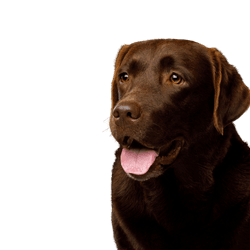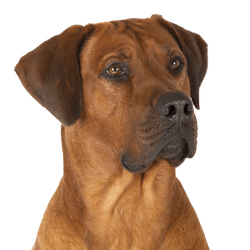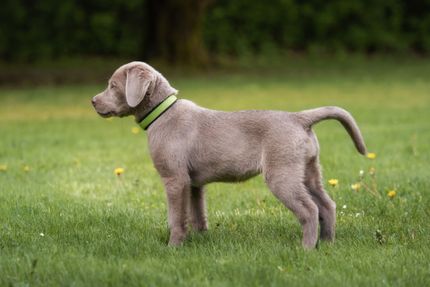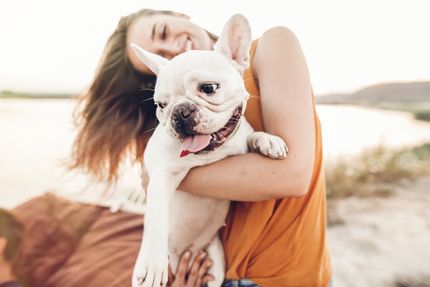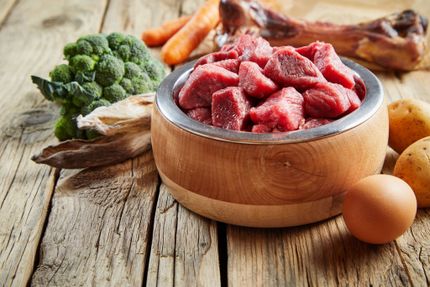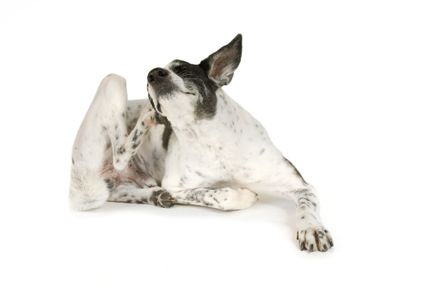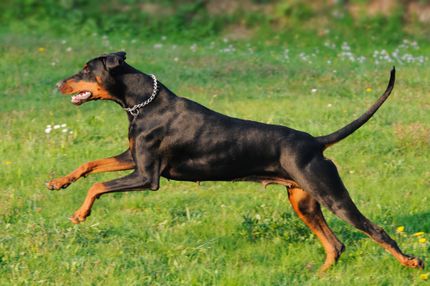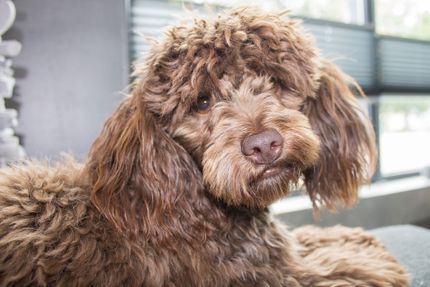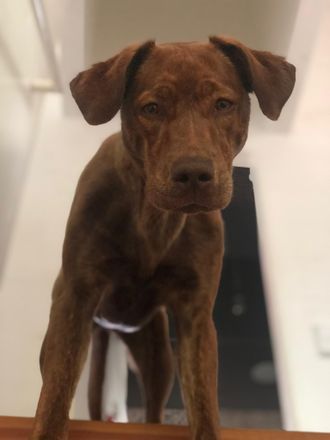
Rhodesian Labrador:Labrador Retriever and Rhodesian Ridgeback Mix
Facts & Origin
Rhodesian Ridgeback and Labrador Retriever mix - a hybrid breed.
Rhodesian Ridgebacks are known for their loyalty and affection, while Labrador Retrievers are known for their playfulness and energy. Together, these two breeds make the perfect family dog.
What are breed characteristics of this mix dog?
The Rhodesian Ridgeback Labrador Retriever mix has a muscular build with a strong, broad chest and narrow waist. They have an athletic build and are well proportioned. The average weight of this breed is 30-40 kg. The average height is 60-70 cm. This breed has a short, dense coat that is straight or slightly wavy. The coat is mostly black, brown or yellow. The hair on the back is longer than on the rest of the body and stands up in a comb.
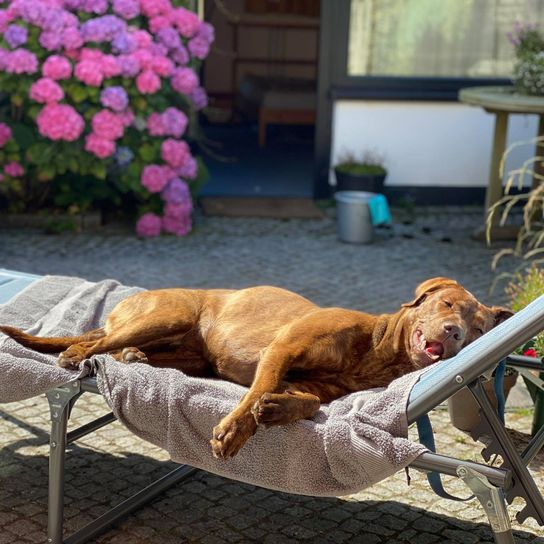

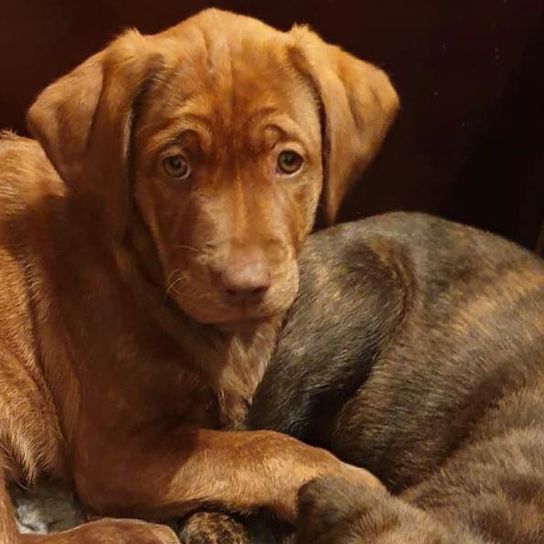
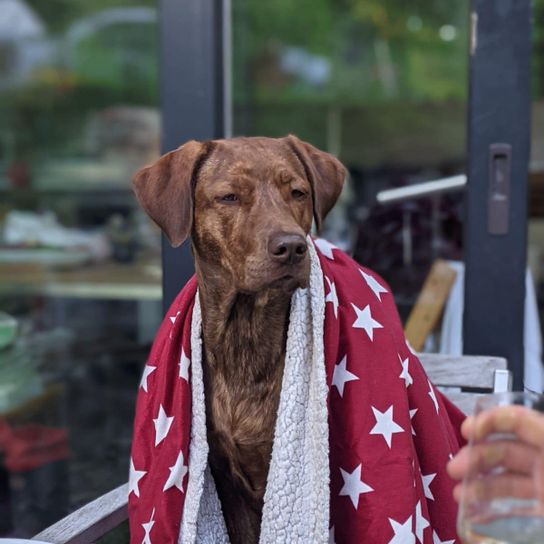
| Alternate Name | - |
| Origin | UK - South Africa |
| Life expectancy | 10 - 14 years |
| Care requirements | low-maintenance |
| Activity level | average - average to high |
| FCI group | not recognised |
| AKC group | not recognised |
| KC group | not recognised |
More Labrador Retriever mixes
More Rhodesian Ridgeback mixes
Attitude, character and temperament of the breed
Possible character traits of Rhodesian Ridgeback and Labrador Retriever mix - Such is probably his nature.
Owning a Rhodesian Ridgeback-Labrador Retriever mix has many advantages. This mixed breed is known as an affectionate, loyal and protective dog. They make great family pets and are good with children. They are also very intelligent and easy to train. These dogs are ideal for people who are looking for a loyal and loving companion.
Character
Usage

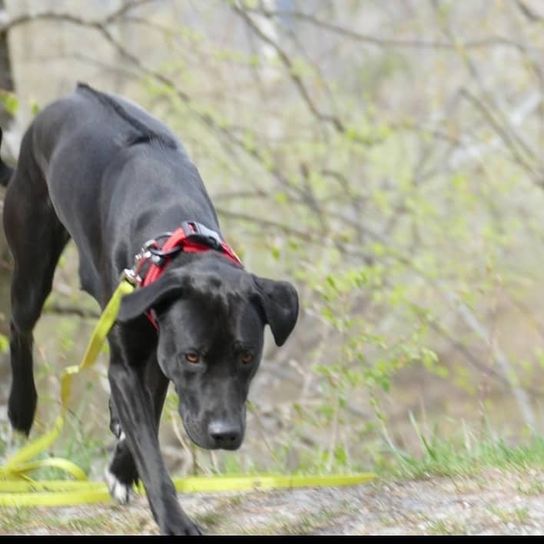
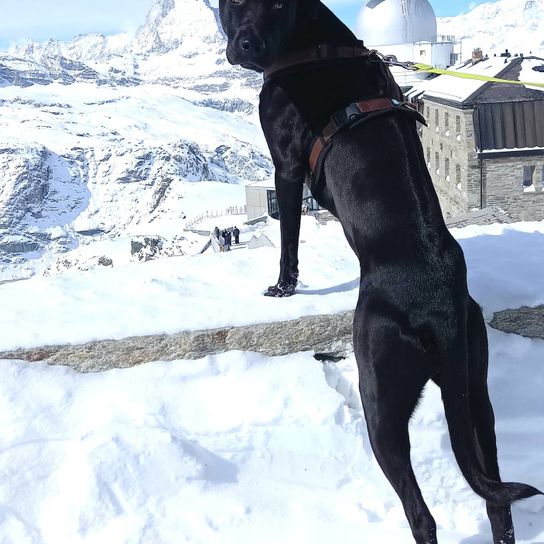


Health and breeding information
What diseases can occur in Rhodesian Ridgeback and Labrador Retriever mix.
Rhodesian Ridgebacks are a mix of two different dog breeds, the Rhodesian Ridgeback and the Labrador Retriever. These two breeds are associated with different health risks. The most common health problems in Rhodesian Ridgebacks are hip and elbow dysplasia, both of which are hereditary. In hip dysplasia, the hip joint is not properly formed, and in elbow dysplasia, the elbows are not properly formed. Both conditions can cause pain and lameness in affected dogs. Other health problems that have been observed in Rhodesian Ridgebacks include cancer, heart disease, and allergies.


What does this mixed breed look like?
The Rhodesian Ridgeback Labrador Retriever mix has a short and dense coat. The coat is black with brown markings. The color of the coat varies depending on the mix of the two breeds. The coat can be black with brown markings, or it can be brown with black markings.
| Fur length | short |
| Fur | flat coated - |
| Ear shape | Triangle |
| Tail | lang |
| Anatomy | rugged, massive, muscular, strong |
| Size ♀ | 55 - 66 cm |
| Weight ♀ | 25 - 34 kg |
| Size ♂ | 57 - 69 cm |
| Weight ♂ | 29 - 41 kg |
| Suitable For | - |
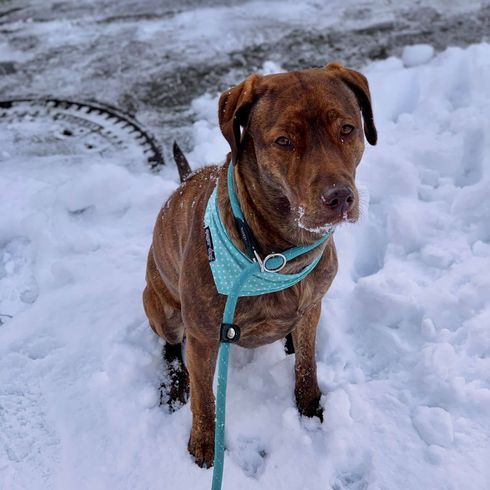


Known Diseases
Eye diseases
Often occur with allergies and intolerances.
Elbow dysplasia (ED)
Elbow joint dysplasia is a chronic disease complex of the elbow joint of fast growing dog breeds.
Joint damage
In some breeds, joint damage can occur later in life, affecting the musculoskeletal system.
Hip dysplasia (HD)
The hip dysplasia or hip joint dysplasia of the dog (HD) is a maldevelopment of the hip joint.
Overweight
Often, unfortunately, the dogs very much under excess weight. But the dogs themselves are never to blame!
Ataxia
Ataxia (from Greek ἀταξία ataxia 'disorder' 'irregularity') is a generic term in medicine for various disorders of movement coordination. Ataxia can occur even when there is no paralysis (paresis), that is, when there is normal muscle strength.
FAQ
-
In general, Rhodesian Ridgebacks and Labrador Retrievers get along well. Both breeds are intelligent and energetic, which helps them get along well. They also have some similar physical characteristics, such as a strong build and athletic stature, which further facilitates their coexistence.
-
Rhodesian Ridgebacks are slightly larger than Labrador Retrievers, with an average weight of39 to 52kg compared to 24 to 36kg for the latter. Rhodesian Ridgebacks also have a more muscular build, and their coats are short and dense compared to the dense, water-repellent coat of the Labrador Retriever. Finally, Rhodesian Ridgebacks tend to be more independent and aloof than Labrador Retrievers, which are usually friendly and outgoing.
-
Both Rhodesian Ridgebacks and Labrador Retrievers are active breeds that need plenty of exercise. A good rule of thumb is that each breed needs at least 60 minutes of exercise per day. This can include walks, runs, agility training or any other type of physical activity that will get them moving and burning off excess energy.
-
Some common health problems that can occur in both Rhodesian Ridgebacks and Labrador Retrievers are hip and elbow dysplasia, eye problems, and skin allergies. It is important to work with a reputable breeder to ensure your puppy is as healthy as possible, and to be aware of potential health issues that may be specific to the mix of these two breeds.
-
Yes, both Rhodesian Ridgebacks and Labrador Retrievers can make great family dogs. They are intelligent, affectionate and energetic, which can make them great companions for children and adults alike. However, it is important to note that both breeds need plenty of exercise.
Useful Articles
You can find articles that might interest you in the dogbible blog to match your favorite breed.
Visit our magazineto stay up to date on dog trends.
To find out more, view our Privacy Policy
Find here the breed that suits you and find out what character traits it has. Here you can also learn more about the origin, size and weight of your favorite breeds.
Matching your favorite breed, you'll find articles that might interest you on the dogbible dog blog.
Biting power in dogs: These 7 breeds have the most power
3 reasons why your dog scratches all the time
Dog shows on TV - Our favourites
Leaving the dog alone in the garden - advantages/disadvantages
